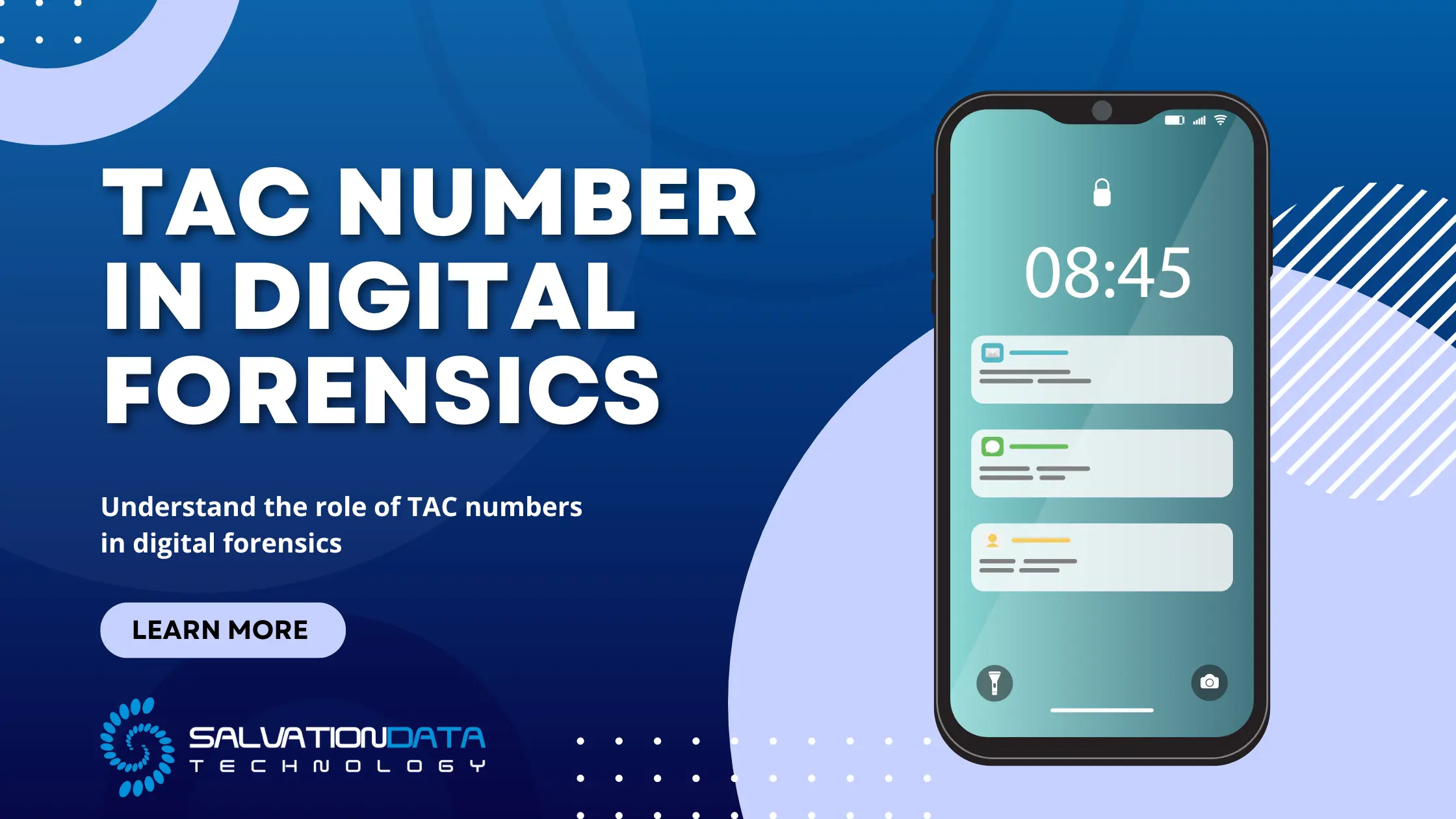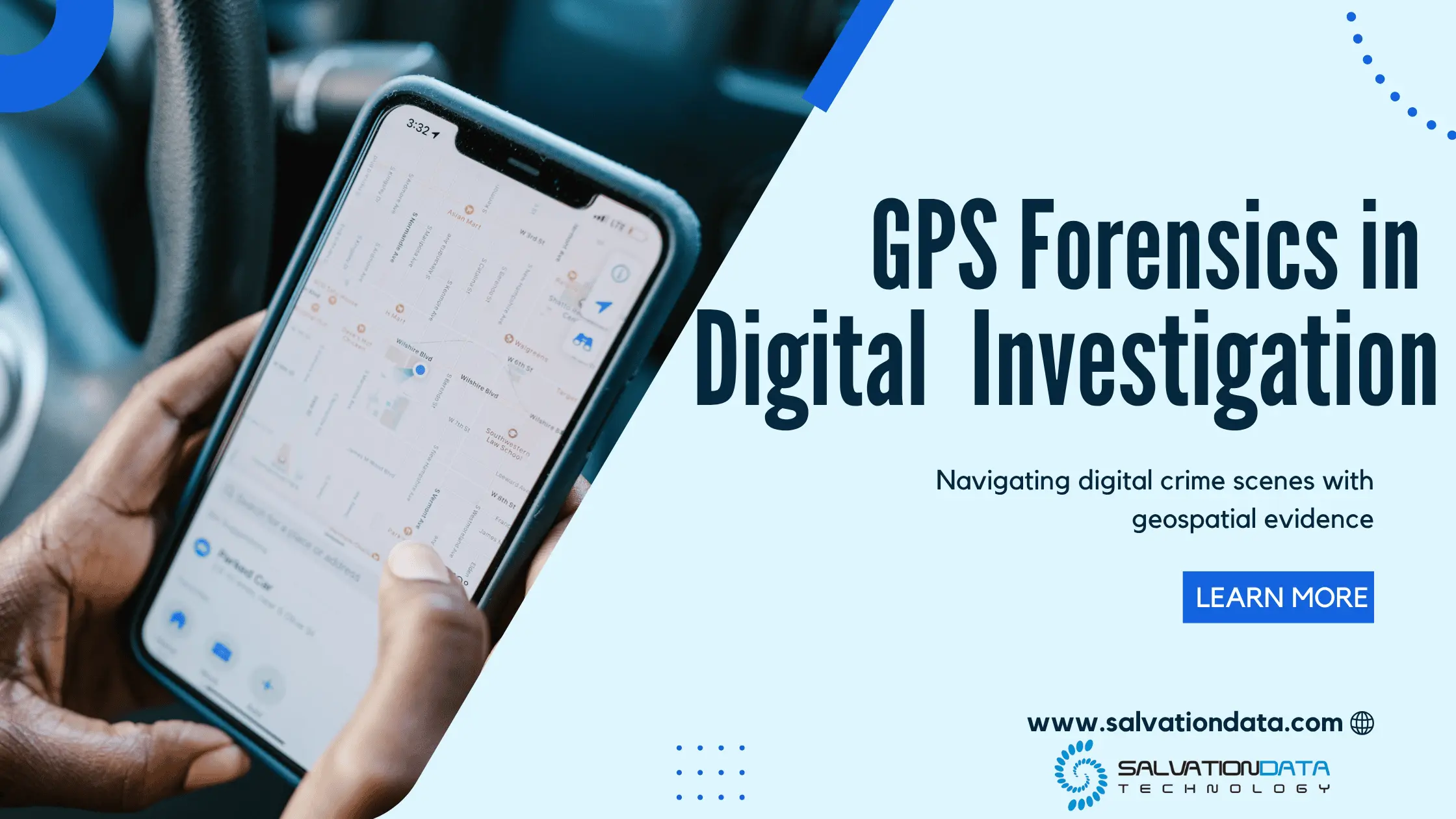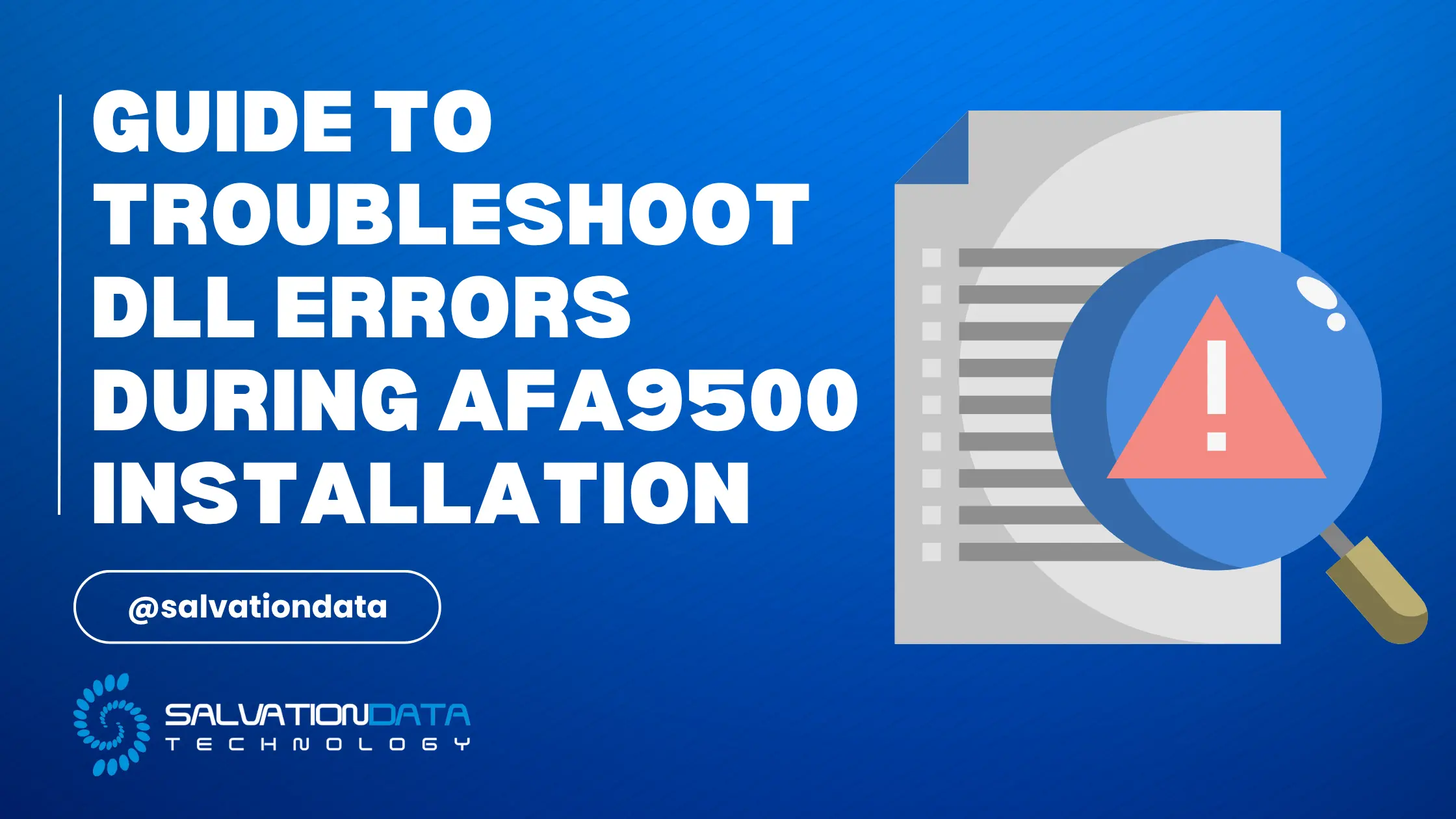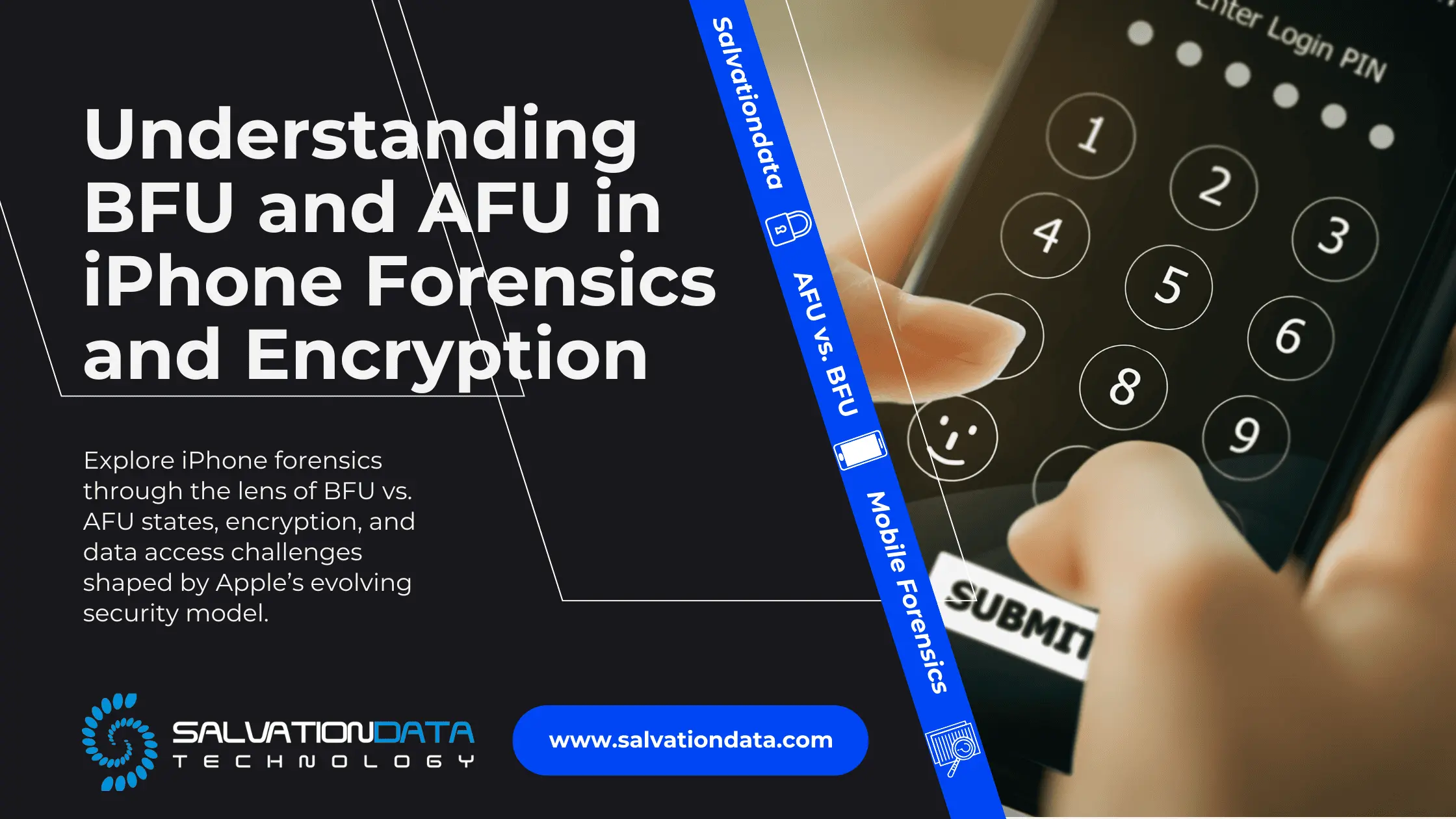In modern digital forensics, cloud data extraction has become a cornerstone of evidence gathering, as critical data—from deleted messages to transaction logs—increasingly lives in remote cloud servers rather than local devices. This shift has made cloud based data extraction an essential skill, enabling investigators to access hidden or deleted records that would otherwise remain out of reach.
From retrieving encrypted backups from iCloud (one of the core intrigues of iCloud forensics) to uncovering synced data from competing cloud vendors, the capacity to extract content in the cloud lawfully and securely can make or break an investigation. From revealing previously deleted iMessage threads through iCloud backups or mapping cross-device behavior through synced cloud logs, cloud data extraction fills in gaps between local evidence, providing a clearer picture of online activities.
Below, we’ll break down what cloud data extraction entails, its core targets (including deep dives into platforms like iCloud for iCloud forensics), technical methods, and how SalvationData’s solutions streamline this critical forensic process.











